Court Judgments – Judicial Statistics for 2021
6 October 2022
1 minute
Debt Recovery & Insolvency
The latest guidance issued by the Bankruptcy Master in relation to Creditors’ (not HMRC) bankruptcy petitions, requires that petitions must be based upon a judgment first. In our experience, this requirement has seen an influx in instructions from creditors issuing claims in the applicable civil court to gain the judgment before proceeding with a petition in bankruptcy.
The Judicial Statistics for 2021, released in June, show that the number of civil bills (for debts up to £30,000.00) filed were up by 6 percent since that of 2020 and small claims (which was up to £3000.00 but increased to £5,000.00 on 3 October 2022) were up by 9 percent. The biggest increase however is in the High Court (which covers debts over £30,000.00), with the number of writs and originating summonses (for Repossession cases) increasing to 14 percent.
Not surprisingly, the easing of restrictions in the bankruptcy court has resulted in a large decrease in applications to the Enforcement of Judgments Office, with up to a 10 percent decrease in notice of intentions to enforce, those being the initial stage for enforcement action.
Accordingly, the latest guidance means the first step in any case is to issue legal proceedings in the applicable court and obtain a judgment. As such, it is crucial for creditors to consider starting legal action now when seeking to get ahead of the queue.


